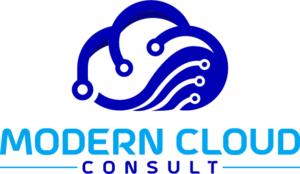Internet of Things (IoT) Services
Gaining Real-Time Insights Through Connected Devices
Representative IoT Technology
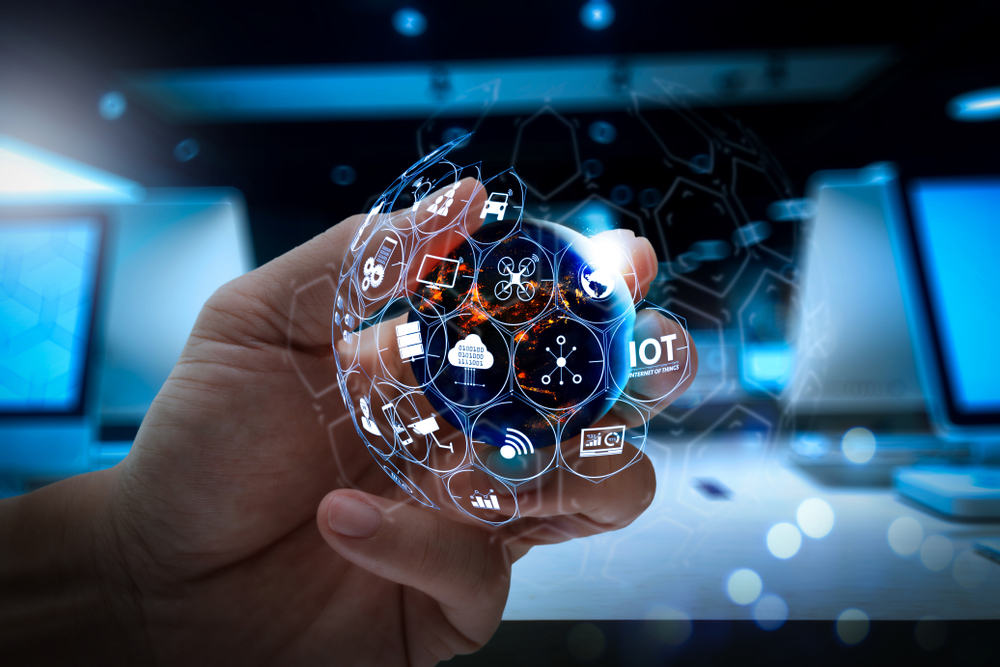
- Business
- Digital twins
- Medical and healthcare monitoring
- Transportation
- Building automation
- Industrial systems
- Smart manufacturing
- Agriculture
- Environmental monitoring
- Supply chains
- Equipment monitoring
- Consumer
- Smart home
- Elder care
- Autonomous driving vehicles
Key Considerations for IoT Project Success
Based on our experience providing IoT consulting services, we recognize that the same technological sophistication that makes IoT devices so full of promise also requires extra care when creating new products and capabilities. From network congestion, interference, and roaming challenges to security problems and overly complex configurations, IoT requires development and testing approaches that account for the real world. A robust IoT ecosystem considers:
Security

Many IoT devices hold sensitive and personal data. Not only does the device need to be secure, but also the data transmitted, the servers, and the communication network itself. For IoT devices that consumers do not interact with directly, security threats can be even harder to detect. Testing the vulnerability of an IoT device can stop a security breach before it happens.
Fragmented Platforms
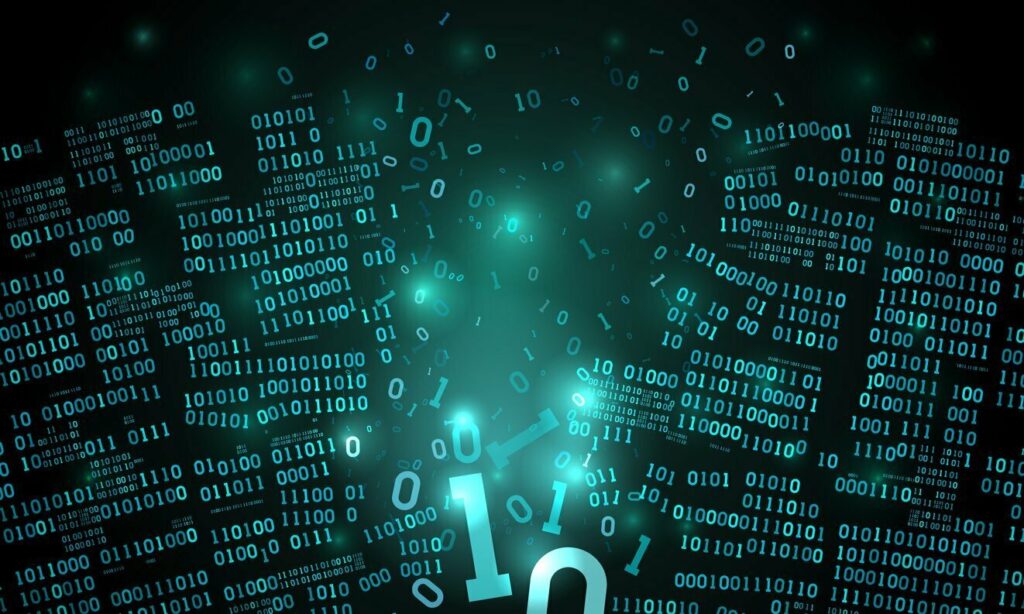
User Interface (UX)
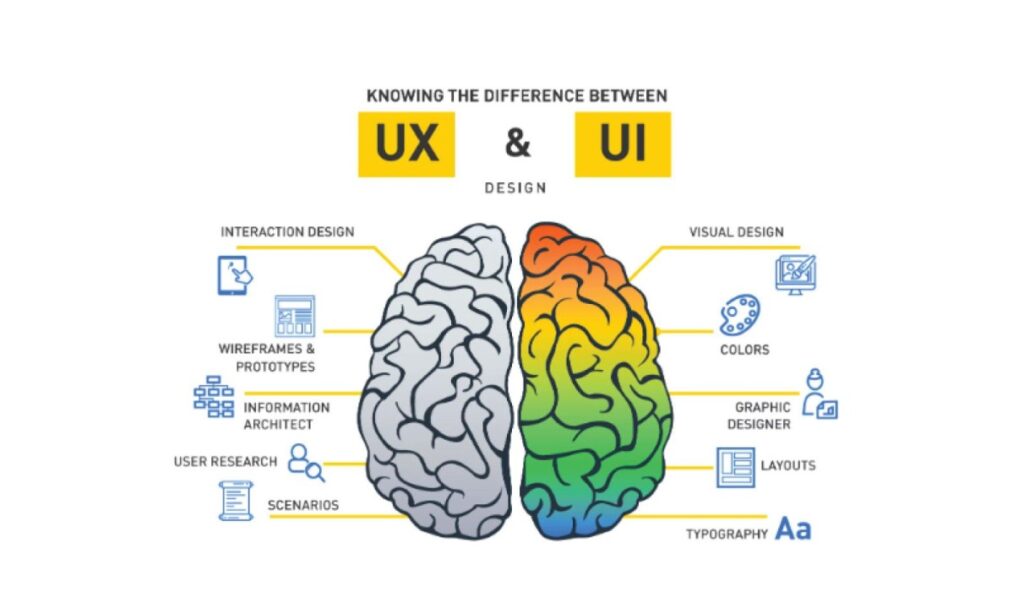
Connectivity
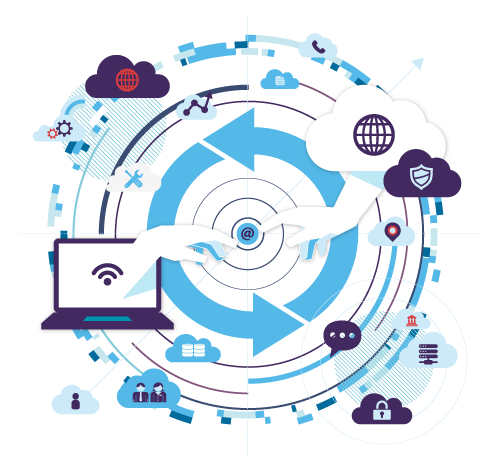
Digital Twin: An IoT Disruptor
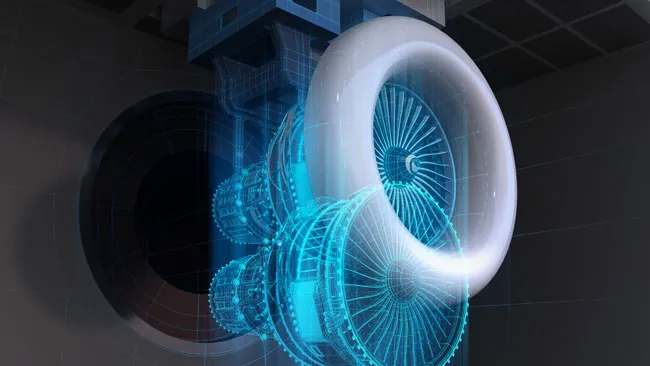
As an IoT services company, one of the best examples of how IoT can work in the enterprise that we have seen is the digital twin, which comes from the world of Industrial IoT (IIoT). IIoT devices are typically used in industries like energy/oil and gas, manufacturing, and utilities, and focus on operational efficiency, asset performance management/maintenance, and automation.
A digital twin is a real-time, digital replica of the “real world,” made possible by IoT sensors and data. At its heart, the digital twin is a way to design, model, and monitor complex systems digitally. It provides real-time information about the physical asset, process, or system and lets enterprises test “what-if” scenarios and model process changes at a much lower cost than traditional prototyping.
For example, manufacturing uses sensor data in the digital twin to determine when equipment needs maintenance. Construction uses digital twins to verify that the as-built environment matches the plans. In oil and gas, they look up the measurement of a valve in a digital twin without having to physically visit the refinery. By combining tools for visualization, performance management, and dynamic diagrams, a digital twin offers a better understanding of current operations and a less costly way to explore the impact of potential changes.
Through our Digital Twin Solutions, Modern Cloud Consult provides vendor-neutral, platform-agnostic consulting and technical services that maximize the cross-disciplinary value of digital twins. We help you define your strategy and design, scope, select, create, deploy, and sustain a digital twin ecosystem to provide a comprehensive and integrated view of your assets.
